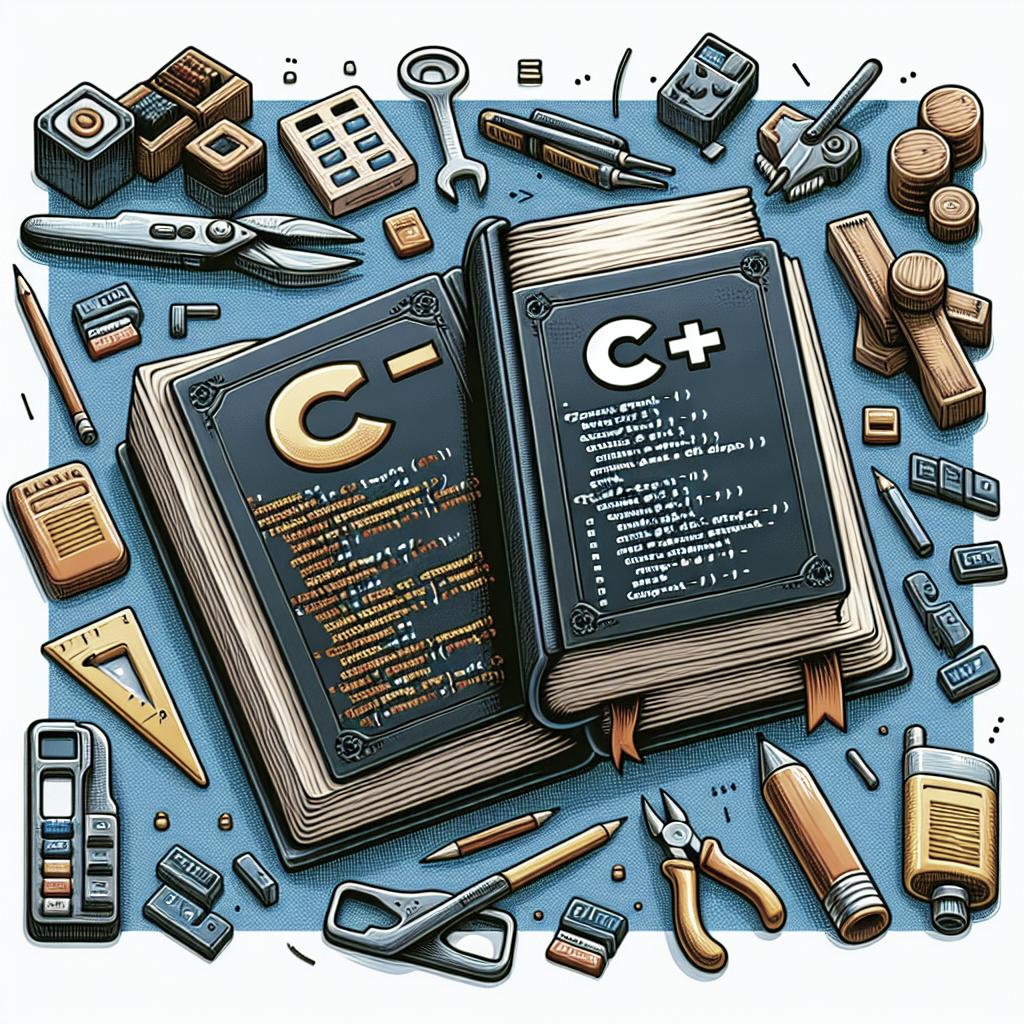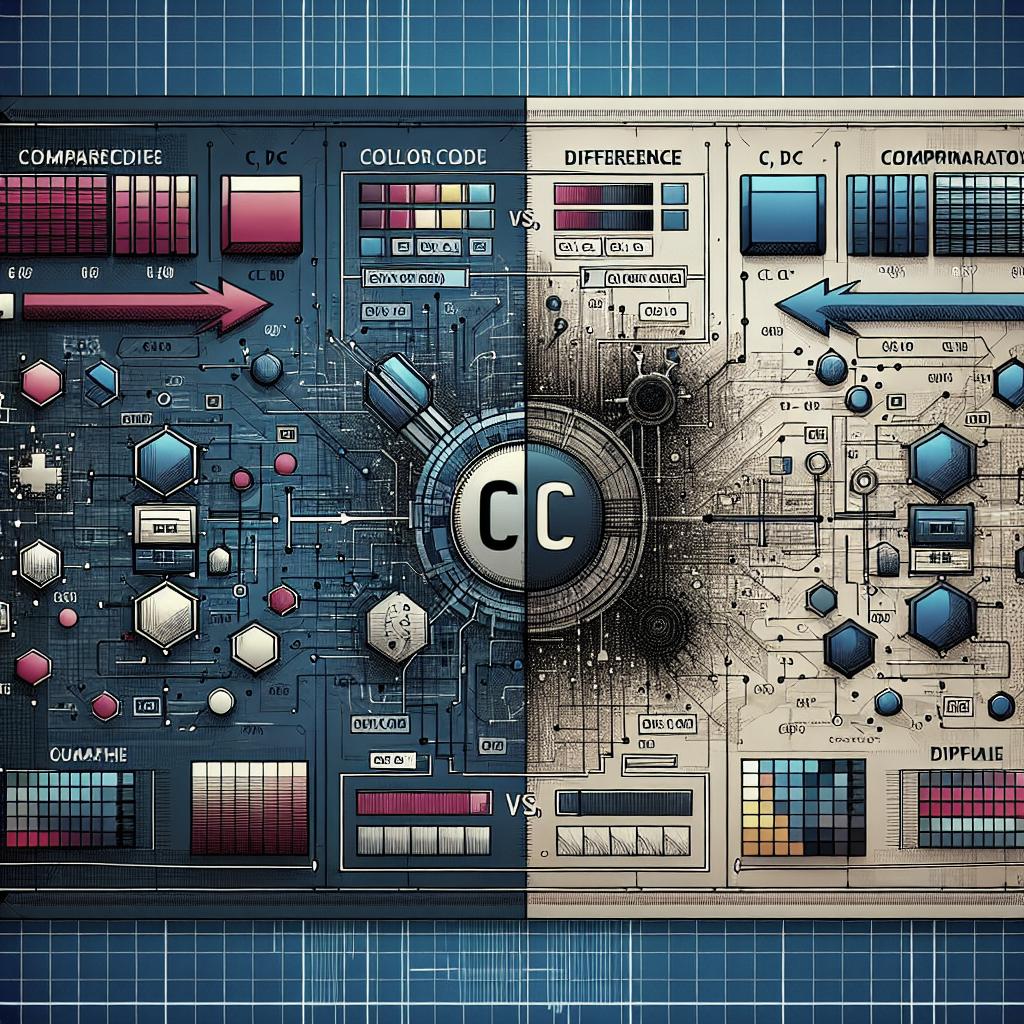html
When Not to Use Virtual Destructors
In C++ programming, virtual destructors are a crucial component when it comes to managing resources and preventing memory leaks, especially in cases involving polymorphism. However, they are not always necessary and, when improperly used, can introduce overhead and complexity without any real advantage. In this post, we will delve into scenarios where virtual destructors are not needed, ensuring you can optimize your code’s efficiency while still adhering to best practices within the object’s lifecycle management. We’ll explore practical examples, highlighting when their usage provides no benefit, and complement our discussions with a sample C++ program to illustrate the points discussed.
When to Use Virtual Destructors?
Virtual destructors are typically used in C++ when you are employing polymorphism—that is, when you use pointers or references to a base class to manipulate objects of derived classes. A virtual destructor ensures that the destructor of the derived class is called when an object is deleted through a base class pointer. This becomes essential to prevent undefined behavior due to incomplete destruction of derived class objects, which could lead to resource leaks or incomplete cleanup of dynamic memory.
However, if you are not using inheritance or do not require polymorphic behavior, adding a virtual destructor may not only be unnecessary but might also introduce performance penalties. In cases where classes are not meant to be base classes, or where derived objects are not deleted through base class pointers, declaring a destructor as virtual is redundant. Such unnecessary use can slow down the performance slightly due to the added memory footprint of a virtual table and possibly a slight execution time increase from virtual function table lookups.
Example
Consider a typical scenario where you might contemplate using virtual destructors. If you have a base class Shape with derived classes like Circle or Square, and you never intend to delete these derived objects through a base class pointer, employing a virtual destructor offers no tangible benefits. It is essentially superfluous as the derived class destructors will naturally be called when you destroy the derived object directly.
On the other hand, if you foresee situations where the objects are used polymorphically, adding a virtual destructor becomes necessary. Suppose a drawing application employs a base class pointer to manage various shapes within a vector; destructing those shapes without a virtual destructor could lead to resource mishandling. Therefore, understanding the design and behavior of your application is essential when deciding the use of virtual destructors.
C++ Program to Show the Use of Virtual Destructor
Here’s a simple C++ program to demonstrate the importance of virtual destructors in practice. Consider the following code: cpp #include
The output of this program confirms the sequence of destructor calls, first invoking the Derived destructor followed by the Base destructor, thereby ensuring proper cleanup. This precise control over destructor invocation highlights the strategic necessity of virtual destructors in polymorphic usage, showcasing a clear context where their absence can lead to problematic results.
Similar Reads
If you’re aiming to deepen your understanding of destructors in C++, there are several related topics worth exploring. Dive into articles on RAII (Resource Acquisition Is Initialization), a fundamental C++ concept that illustrates how object lifetimes align with resource management, which complements the understanding of destructors within class hierarchies.
Moreover, exploring smart pointers in C++ can offer insights into manual resource management versus automatic memory management, providing a broader perspective on when virtual destructors play a critical role, especially within the context of smart pointers like std::shared_ptr and std::unique_ptr. These discussions build a rounded view on how resource safety can be achieved efficiently.
Summary of Main Points
| Aspect | Details |
|---|---|
| Use in Polymorphism | Virtual destructors are required when base class pointers manage derived class objects to ensure proper destructor calls. |
| Avoiding Unnecessary Use | If objects aren’t used polymorphically, avoid virtual destructors to prevent unnecessary overhead. |
| Example and Application | Concrete examples showcase scenarios where virtual destructors are either necessary or superfluous. |
| Further Reading | Explore RAII and smart pointers for deeper insights into efficient resource management in C++. |


